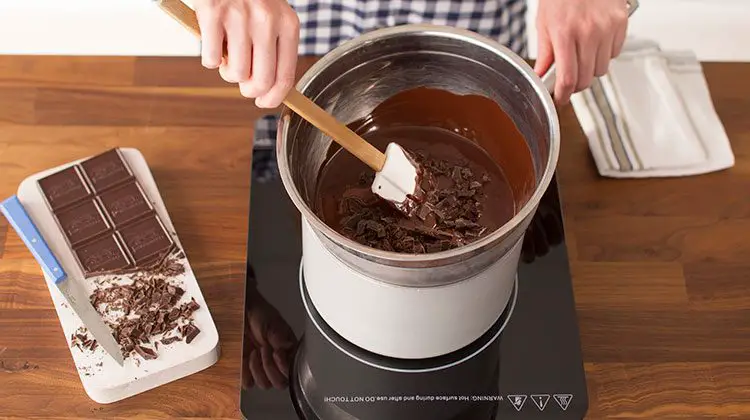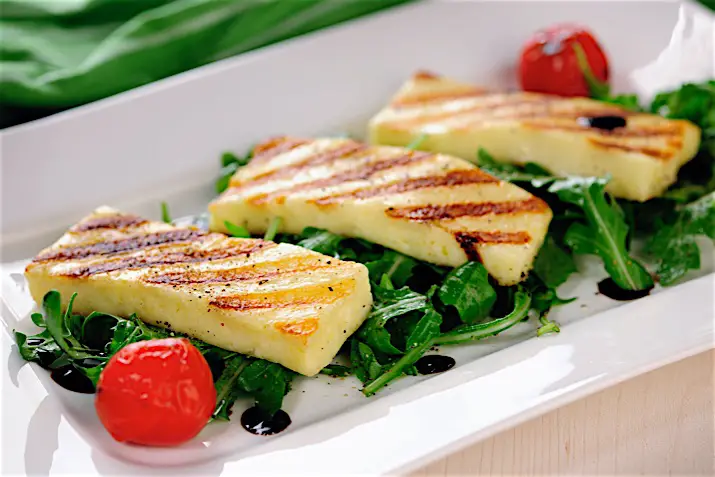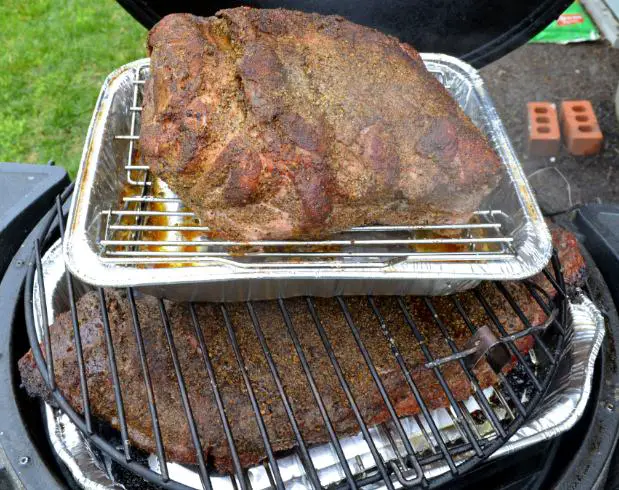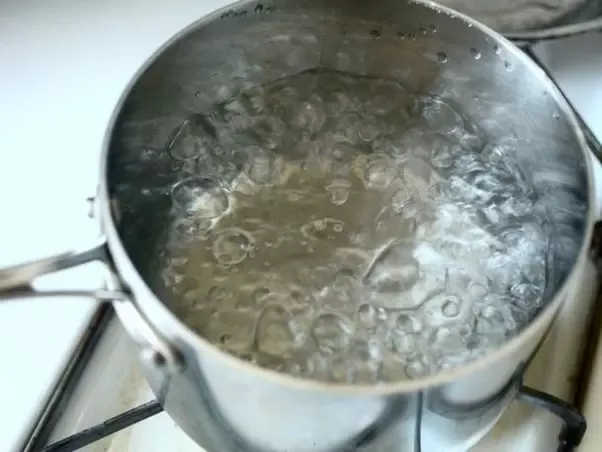Melting chocolate can be a daunting task, especially for novice bakers and home cooks. One of the most common questions asked is whether plastic bowls are safe for melting chocolate in boiled water. In this article, we discuss the factors that determine whether a plastic bowl is safe to use for melting chocolate over boiling water. We will also go through the steps involved in preparing chocolate to melt in a plastic bowl.
The Science Behind Chocolate Melting
Before discussing whether plastic bowls are safe for melting chocolate, it’s essential to understand how chocolate melts. When heated, solid chocolate slowly softens and eventually melts, turning into a liquid form that’s easy to pour or spread. Chocolate has a low melting point ranging between 86°F (30°C) and 93°F (34°C), making it prone to scorching or seizing.
Chocolate contains cocoa solids and fat. The cocoa butter inside the chocolate determines its unique characteristics when melted, such as viscosity, texture, flavor profile and sheen. It’s crucial to use tempered chocolate when baking or working with confectionery because of its smoother consistency from having been preheated slowly at specific temperatures before returning to room temperature.
Types of Bowls Safe for Melting Chocolate
Glass vs Metal Bowl One of the safest types of bowls to melt chocolate in is glass since it doesn’t conduct heat efficiently compared to metal bowls; thus will keep the temperature lower than what you inadvertently need if using an ordinary pan.
Advantages:
- Glass bowls are versatile and available in different sizes.
- They’re relatively inexpensive, easy to find.
Disadvantages:
- They may shatter if exposed abrupt changes in temperature.
- Not recommended unless tempered glassware specifically designed for high temperature use.
Metal Bowl A metal bowl made from stainless steel or copper can be used for melting chocolates if it’s not reactive with acidic food like much higher quantities of lemon/apple cider vinegar. A metal bowl made of copper heats quickly. It helps facilitate even temperatures throughout the chocolate and provides an excellent vessel for tempering.
Advantages:
- Most metal bowls are dishwasher safe;
- Heats faster than glass or silicone
- Improves consistency when melting chocolate
Disadvantages:
- It can tarnish, corrode or damage easily if not appropriately maintained.
- Some metals may react with the high acidity levels in the chocolate, altering its flavor and texture.
Silicone Bowl Silicon bowls are flexible and don’t conduct heat as efficiently, making them ideal for melting chocolates. Their flexibility also makes it easy to release confections from their molds.
Advantages:
- Safe for dishwashers, microwaves and freezers;
- Non-stick surface guarantees easy cleaning.;
- Neutral impact on the flavor profile of the Chocolate
Disadvantages:
- Some manufacturers use low-quality silicon which doesn’t effectively handle high temperature requirements leading to melted silicon leaching into your food
- Not as sturdy (more prone to wobble) compared to metal variation; thus may easily tip over when lifted
Plastic Bowls labeled “Heat resistant” or “Microwave-Safe” The labeling of a bowl as microwave-safe is not enough to determine whether you should use it for melting chocolate over boiling water. Most plastic bowls that feature this label or claim to be heat resistant without mentioning precise temperature tolerances should be avoided.
Are they safe for melt chocolate over boiling water?
Depending on the type of plastic used in making these pieces. High-quality plastic material such as polypropylene (PP) and Polycarbonates can withstand temperatures above 100°C/212°F—the minimum temperature required by most recipes.
Risks associated with using plastic bowls not specifically designed for high temperature:
- They’re susceptible to warping, breaking down, cracking or leaking toxic chemicals upon exposure to heat.
Factors to Consider When Using Plastic Bowl for Melting Chocolate
When looking for a safe plastic bowl, there are several factors to consider.
Type of Plastic Used in Making the Bowl Different types of plastic can withstand different levels of heat. Polypropylene (PP) and Polycarbonates (PC) are two commonly used plastics in making heat-resistant bowls.
Temperature Limits and Melting Points Some plastics have specific temperature limits beyond their which they may start degrading- leaching chemicals into your food, melting occur, or becoming structurally unstable.
Thickness of the Plastic Material The thickness of the plastic material determines how long it will take to melt the chocolate. The thinner walls will lose heat more quickly since they dissipate heat at a faster rate while thick plastic walls maintain temperatures inside because they don’t lose heat as fast.
Age and Condition Older plastic tends to discolor and may become brittle with age; thus using them for high-temperature applications increases the likelihood of breakage or deformity.
Preparing Chocolate For Melting In A Plastic Bowl Over Boiling Water
Before embarking on melting chocolates, ensure you have baking blocks or bars ideally comparable quality e.g., mixing dark chocolate with milk could be an unfortunate mistake that leads to changing tastes unsuitable for what you plan on use-chocolate-for;
Ensure the bowl is clean, stain-free dry before use.
When Melting chocolate in a plastic bowl over boiling water with these steps:
- Place Bitter-sweet/Semi-sweet & Milk Chocolate in Different Bowls:
Bitter-Sweet/ Semi-Sweet should be melted first as it contains a higher percentage of cacao solids and lower sugar content It hardens quickly than milk chocolate which may take longer to soften initially but melts eventually maintaining its consistency when kept warm conditions throughout.
- Fill Medium Size Saucepan With Some Water About an Inch or Two Higher Than Sit a Heatproof bowed on Top such that it floats without touching the water as it boils;
This double boiler technique provides a constant and gentle heating process preventing scorching; thus guarantees an excellent silky and smooth consistency.
- Keep on Stirring Until Almost Melted:
It’s recommended to keep stirring until almost every ounce of chocolate has melted before proceeding to stir occasionally at frequent intervals because maintaining it at its current warm temperature ensures optimal viscosity
- If Necessary Adjust By Reducing Heat When Mixing:
When using low-quality plastic, reducing the heat maintains consistency and prevents overheating that could potentially melt or warp your plastic, creating a mess.
Conclusion
Melted chocolate plays a vital role in making delicious confections and creating beautiful designs/decorations. Understanding which bowl is safe for melting chocolate over boiling water is essential in this cooking process. Using this guide, you can determine which bowls are safe to use when melting Chocolate over boiling water while taking into account specific temperature limits, thickness and materials types ;
As a reminder stick with heat-resistant glassware or metal bowls if you’re unsure of what material yours comes from- using Plastic Bowls that specifically mentioned being microwave-safe or heat-resistant means checking for PPs/PC suitability for temperatures around 100°C/212°F.
Remember: be cautious with your choice of kitchen equipment so you can safely enjoy your culinary creations with a pinch of extra sweetness!
Q&A
- Q: Can I use a plastic bowl to melt chocolate over boiling water?
A: Yes, you can definitely use a plastic bowl to melt chocolate over boiling water. However, make sure that the bowl is heat-resistant and won’t deform or release any harmful chemicals when exposed to high temperatures.
- Q: Is it safe to melt chocolate in a microwave-safe plastic container?
A: It’s generally not recommended to melt chocolate in a plastic container in the microwave, as the high temperature can cause the plastic to melt or become damaged. It’s better to use a heat-resistant glass bowl or metal bowl instead.
- Q: What’s the best way to melt chocolate without burning it?
A: The best way to melt chocolate is by using indirect heat, such as a double boiler or bain-marie method. This involves heating water in a pot or saucepan and placing a heatproof bowl containing the chopped chocolate on top of it, allowing it to slowly melt with gentle stirring.
- Q: How long does it take for chocolate to fully melt using the double boiler method?
A: The melting time can vary depending on the amount of chocolate and the intensity of the heat source. In general, it takes around 5-10 minutes for the chocolate to fully melt using the double boiler method while stirring gently until smooth. Avoid overheating or burning the chocolate by keeping an eye on it throughout the melting process.




